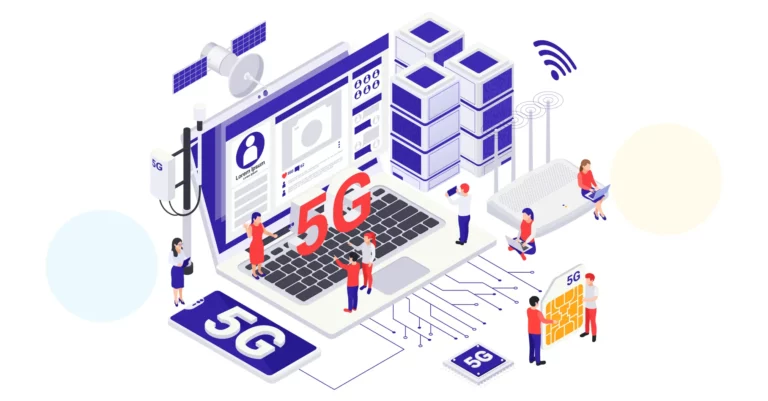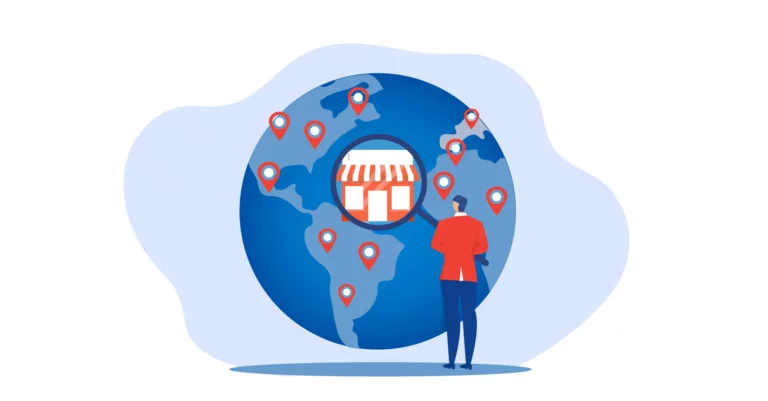Project Name
How a Financial Services Firm Replaced Informatica With DFM

![]()

Our client is a global financial services company processing millions of transactions a day. Fraud checks, risk scoring, and compliance reporting all depend on data pipelines working flawlessly and quickly. For years, they ran everything on Informatica PowerCenter for ingestion and Big Data Management for Spark workloads. It worked, but it came with trade-offs:
- Rising licensing costs
- Long deployment cycles
- Heavy reliance on proprietary tooling
- Difficulty supporting real-time needs
When Informatica was acquired and licensing changes started looming, the team decided they didn’t want to be tied to another vendor’s pricing model or product roadmap. They wanted something modern, flexible, and open without sacrificing control or compliance.
The existing environment had real constraints:
- End of On-Premises Support: The existing on-premises infrastructure was nearing the end of its support lifecycle, increasing the risk of outages and compliance issues.
- Rising Costs: Escalating licensing, infrastructure, and support expenses were driving up the total cost of ownership.
- Performance Bottlenecks: Data pipelines struggled to meet SLAs during market peaks, impacting real-time risk and fraud analysis.
- No Real-Time Capability: Batch-only workflows delayed critical fraud detection and decision-making.
- Limited Flexibility: Vendor lock-in restricted cloud adoption, modernization, and integration with new technologies.
- High Maintenance Overhead: Engineering teams spent more time maintaining legacy pipelines than developing new data products and analytics initiatives.
We worked with the client to transition from Informatica to DFM, and we did it in a way that minimized risk and disruption.
-
Modernizing Data Ingestion with DFM
We replaced PowerCenter ingestion flows with ETLs built using DFM. This allowed the team to:
- Ingest at scale from mainframe, Oracle, APIs, and files.
- Capture full lineage and audit trails (critical for regulators).
- Manage pipelines visually, with faster rollout and updates.
-
Re-platforming Transformation Workloads
We rebuilt complex scoring and ETL logic into native Spark jobs and optimized execution to run leaner and faster, especially during peak times. -
Modern Orchestrated Architecture
- Airflow took over workflow scheduling and recovery.
- Security and data lineage were handled with Apache Ranger and Apache Atlas - both are mature open source technologies.
- Everything ran in a scalable Kubernetes environment to align compute with demand rather than running 24/7 clusters “just in case.”
- We also built a unified monitoring view so operations teams weren’t jumping between tools anymore.
- 25% Reduction in Operating & Licensing Costs: Achieved a 25% reduction in operational and licensing costs, equivalent to $1.2 million in annual savings. Eliminated commercial ETL license renewals by migrating to fully open-source technologies.
- 30% Infrastructure Optimization: Realized a 30% improvement in infrastructure utilization with less over-provisioning and more efficiency.
- Team Productivity Boost: Freed up 2 full-time engineers (FTEs) from maintenance to focus on building new data products and driving innovation.
- 35% Faster Deployment Agility: Enabled 35% faster pipeline deployments, cutting analytics rollout times from weeks to days. Introduced version-controlled data flows supporting CI/CD-style testing, iteration, and rollback.
- Real-Time Enablement: Deployed real-time ingestion and streaming analytics, facilitating instant fraud detection and proactive risk scoring.
By moving from Informatica to DFM and embracing an open-source data stack, the client unlocked true flexibility without vendor dependence. The modernization delivered lower ongoing costs, faster delivery cycles, real-time decision support, and stronger governance with complete audit trails.
What once was a system focused on maintaining legacy ETL has evolved into a modern data ecosystem built for innovation. Today, the client is seeing tangible results – enhanced fraud prevention, improved compliance agility, and greater operational control – proving that open, scalable architectures truly drive business transformation.
Modernize Your Legacy ETL with DFM!




